Even in 2020, students across the United States learn from whitewashed history textbooks and material. Students are being taught that the only people who shaped history were European, white, and male, and the material is affecting both self-image and historical perceptions.
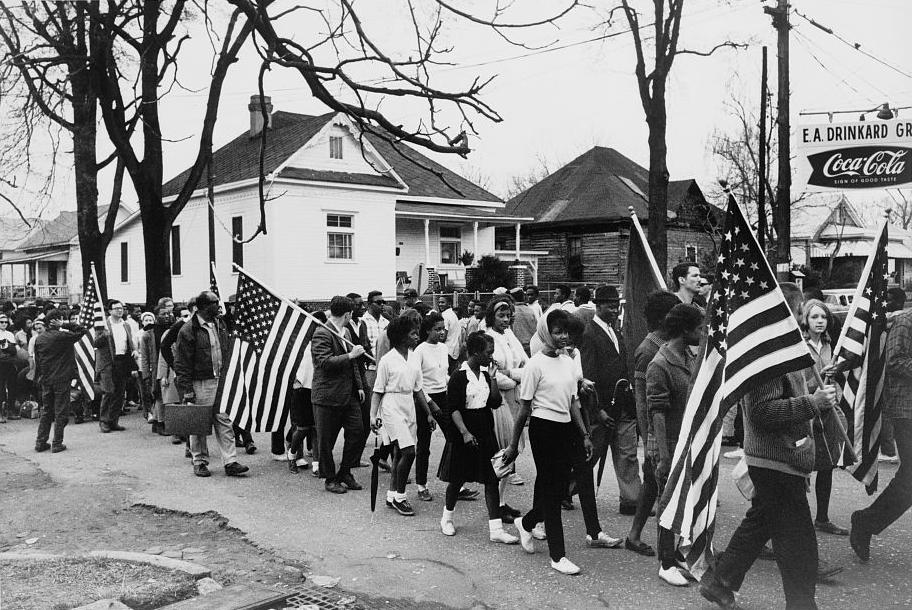
March from Selma to Montgomery, Alabama
According to a 2015 study that surveyed over 500 K–12 teachers from every state and D.C. (which also included 72 interviews and five focus groups), they found that on average only one to two lessons per year were devoted to Black history (which amounts to about 8–9% of total class time). Unsurprisingly, the year before a study from the Southern Poverty Law Center found that all states got Ds and Fs when graded on their approach to teaching civil rights (five states avoid the subject altogether). This is clearly a systemic issue, and it isn’t just leaving Black citizens out of American History. The few Black stories that are told are told by white people, and they’re told through the lens of the person’s interactions or relationships to white people or eurocentricity. For example, rather than discussing their accomplishments or contributions to society, they are dehumanized by their sole characterization being that of a “slave” or someone who was oppressed. They are denied an individual narrative, and their stories are being defined by the white people around them. In other words, they’re still white stories.

Wilma Rudolph wins the women’s 100 meter dash at the 1960 Summer Olympics, Rome.
This dehumanization is being made manifest in a number of ways. Not only is slavery the first introduction (and many times the only exposure) to Black history of any kind, it’s also downplayed for the sake of curbing white guilt among kids. This misrepresents an entire group of people and reduces them to former slaves. In Texas for example, the widely used textbook in public high schools (from McGraw-Hill) stated that the TransAtlantic slave trade was simply an immigration of migrant “workers,” rather than the horrendous kidnapping, genocide, and forced labor that it really was. When slavery is faced, and slave owners are mentioned, they are generally done so with benevolent language, with many textbooks stating that the slaves “enjoyed” their work, and focusing on “slave songs” to make it sound less gruesome and heart-wrenching than the system actually was. Class activities reflect this effort to downplay the atrocities, with many classrooms reportedly having mock slave auctions, playing “slave catcher” games, writing “slave songs,” and in class work having to write about the “pros and cons of slavery.”
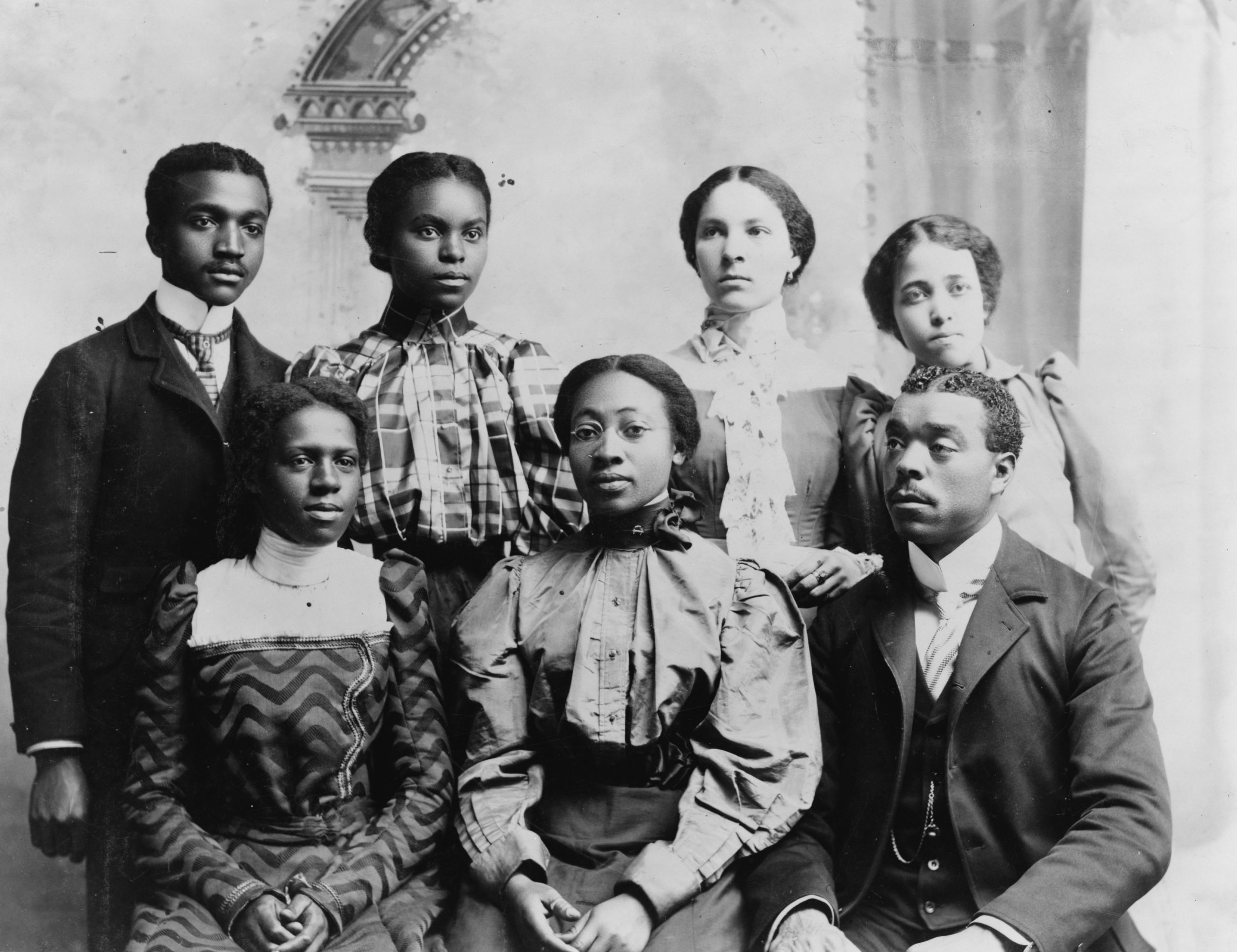
Roger Williams University, Nashville, Tennessee
Black history is not only reduced down to slavery, but it’s also being used for the enjoyment of others. Slavery is obviously a tough subject to talk about, so while it is generally the only piece of Black history discussed in public schools, the comfort of white students is put above the need to teach what really happened. This isn’t always entirely the teachers’ faults. Most lack the resources, background, and support to teach the subject well (or at all). Another study from the SPLC in 2018 found that 40% of U.S. teachers lack support to teach about slavery, let alone the Black experience. As a result, only 8% of high school seniors know slavery was the central cause of the Civil War, and only 22% of them understand that the Constitution didn’t protect Black people. The ramifications are a lot worse than a simple misunderstanding of history.
The fact of the matter is that this is not a country of immigrants. It’s a country of white, European immigrants, colonizers, and slaveholders. Not understanding that this country didn’t represent freedom for everyone means that the next generation may not understand the systemic racism at play. Slavery and racism are built into the fabric of this country, and if we want to truly make this country “the land of the free,” we need to tackle that by first admitting that to be the case. The ignorance of this even being an issue is blocking any chance of people working towards an equitable and anti-racist future. The history of the United States must be taught honestly, because truth be told, the Declaration of Independence wasn’t calling for independence for everyone or even most people. Schools have a duty to teach their students that history—the real history, because otherwise it’s just lies.
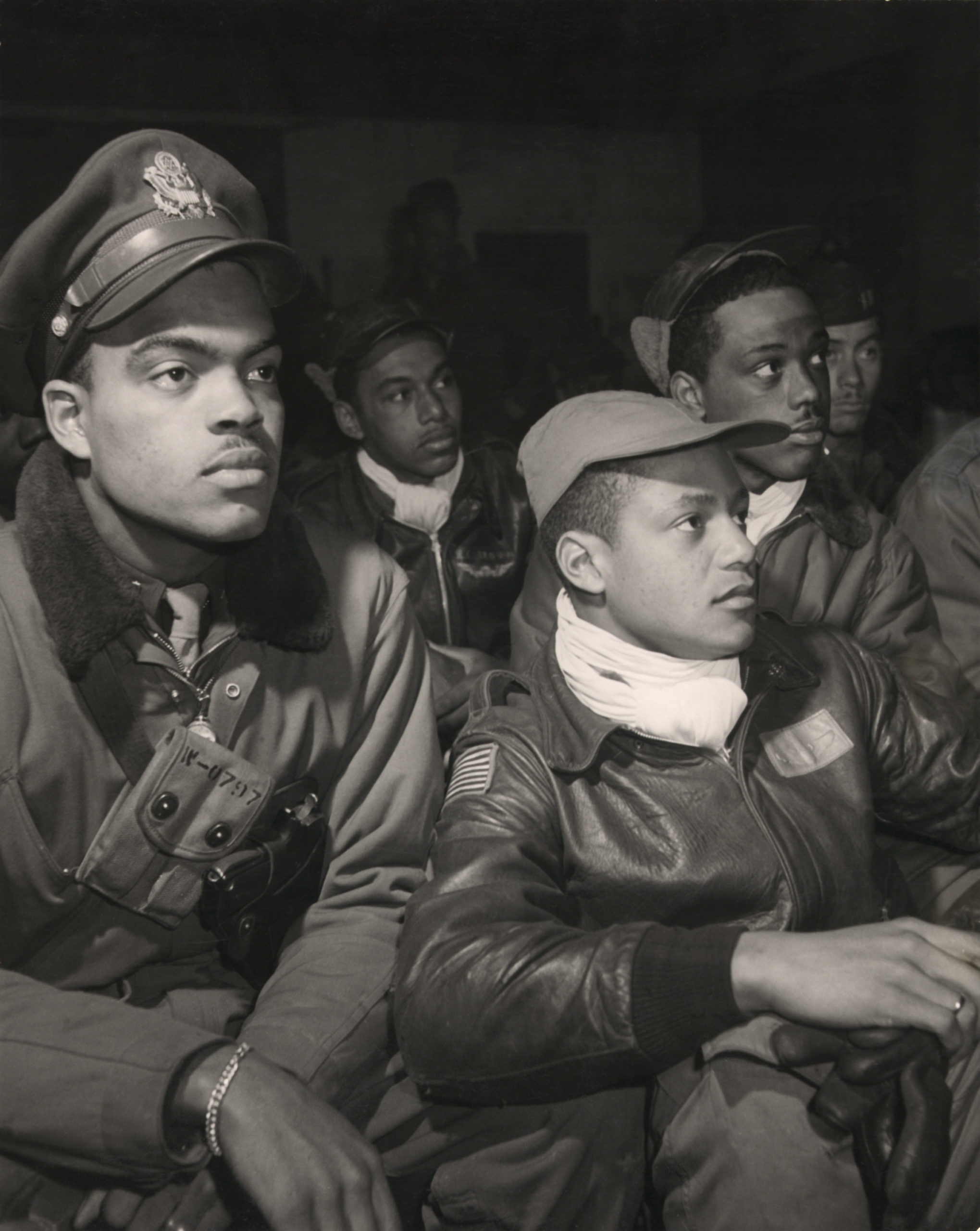
African Americans during World War II.
Members of the 332nd Fighter Group (the Tuskegee Airmen) attending a briefing in Ramitelli, Italy, March 1945.
We need stories told by people of all walks of life to get at this whole truth. An NYU study of NYC public schools shows that 80–100% of authors used in K-12 curriculum are white. This doesn’t reflect the history, the student base, or the amount of useful perspectives to be used to understand history. In New York City for example, the student base is made up of 85% BIPOC, and yet in the curriculum, only 16% of the authors are BIPOC. On the Scholastic Elementary Booklist, out of the 42 listings, only three are written by women of color. The NY City Department of Education booklist of 140 recommendations for students, only eight were written by Black authors (and only six were written by LatinX authors, and seven by Asian authors). More books featured animals as the main characters than BIPOC as well. Clearly, students are getting streamlined white (and male) history, and it’s minimizing and erasing what actually happened. There were more people on the planet than just white men, and Black people didn’t start and stop existing with slavery in the U.S., and until curriculums start to attempt to reflect that, students won’t be getting honest and whole perspectives.
The fact that Black history is taught as an addendum alone should speak volumes to how the U.S. views the Black community and the importance of Black voices. When Black history is only taught once a year (and usually by white people who lack training or Black input, since 80% of K-12 teachers are white), and when it generally revolves around slavery, it takes from the students the chance to hear from Black perspectives, to learn about their contributions, and to be given examples of what they could one day become. Without representation, students can’t connect to the material, and it’s a big reason for dropouts. Statistics reflect this, since schools that use Culturally Responsive Curriculum have seen large decreases in drop out rates and suspensions, and increases in graduation rates, participation, and grade point averages. Students are encouraged by learning about successful people who look like them, and seeing that they aren’t alone.
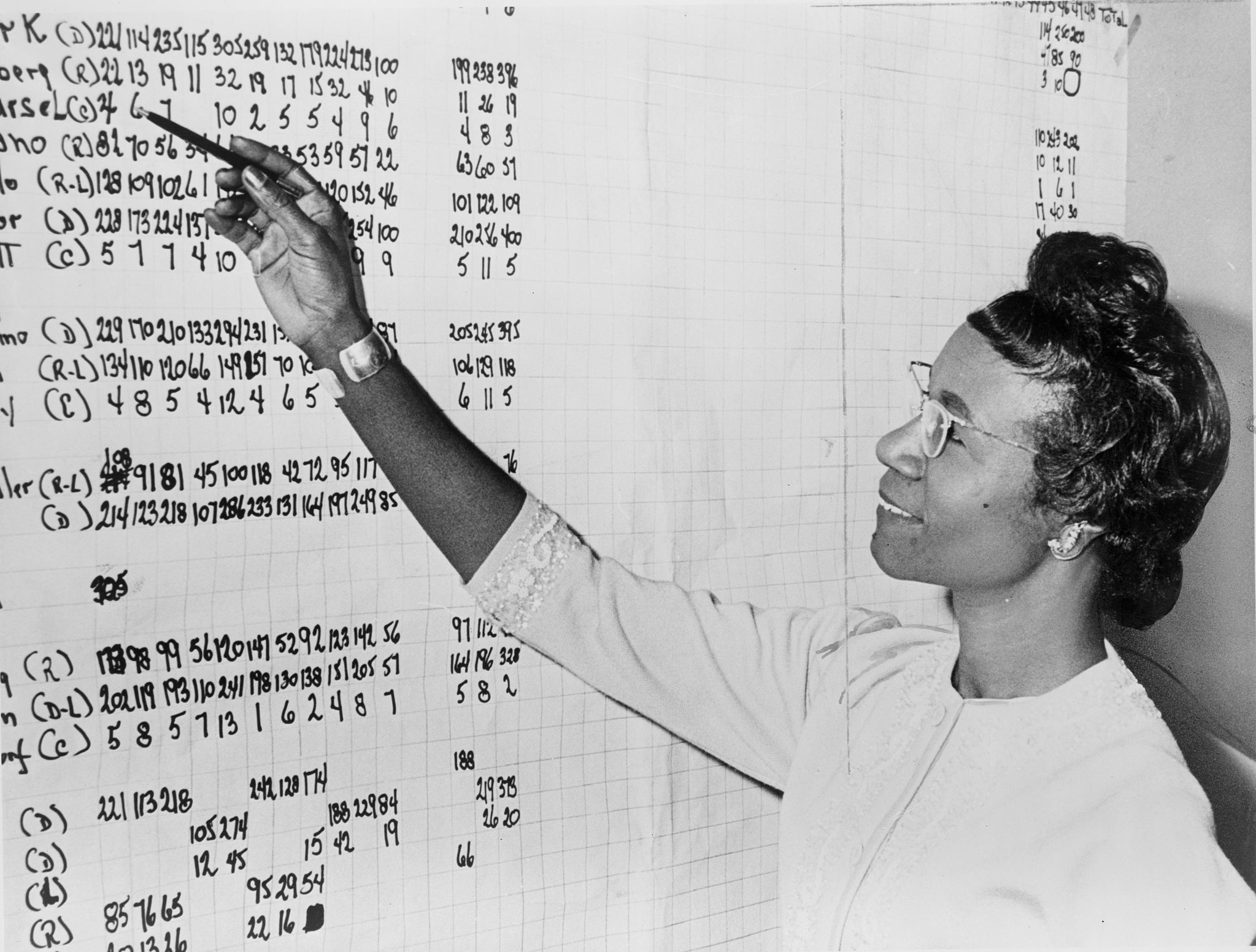
Shirley Chisholm, Congresswoman from New York.
Teaching the complexity of the human experience should not be limited to white (heteronormative, male) history. Teachers must be given proper training to teach Black history, and thorough background training to teach about sensitive topics such as slavery. Students and teachers should undergo anti-racism training, Juneteenth should be taught (as well as other momentous Black milestones in the U.S.), textbooks should be equitable, and notable Black figures should be covered just as centrally as white ones. Where are Zora Neal Hurston, Biddy Mason, Phillis Wheatley, James Baldwin, and Nikki Giovanni in the history books? While slavery should be thoroughly and honestly taught, it shouldn’t be the only thing students are taught about Black history. Blackness isn’t slavery.
The country is starting to catch on to this important and systemic issue, with growing movements for diversifying curriculum. The #DiversifyYourNarrative social media campaign out of California is working to push antiracist texts, by supplying those who sign up with email templates for their school district. Since June, they’ve had almost 4,000 students sign up. Many cities, including Minneapolis, Chicago, and Philadelphia require Black history to be taught at all grade levels of K–12. More diverse films are being made, and are being used in curriculums across the country. Large projects such as the 1619 project are allowing for students (past and present) to educate themselves about issues like systemic racism and eurocentricity. Students and alumni are even forming groups that hold their school districts accountable, calling for a systemic rewiring of their history curriculums. AAEE is a notable one from Anacortes, Washington. Run by alumna from Anacortes High School, the group works with faculty and local leaders to ensure that diversity is being prioritized and curriculum is being reworked to include more perspectives. They meet monthly as a group to discuss updates to their fight, and they post on social media about the need for equity in both curriculum and teaching practices. These efforts work. They’re changing how the country views Black history (and Blackness in general), and they’re all very doable.
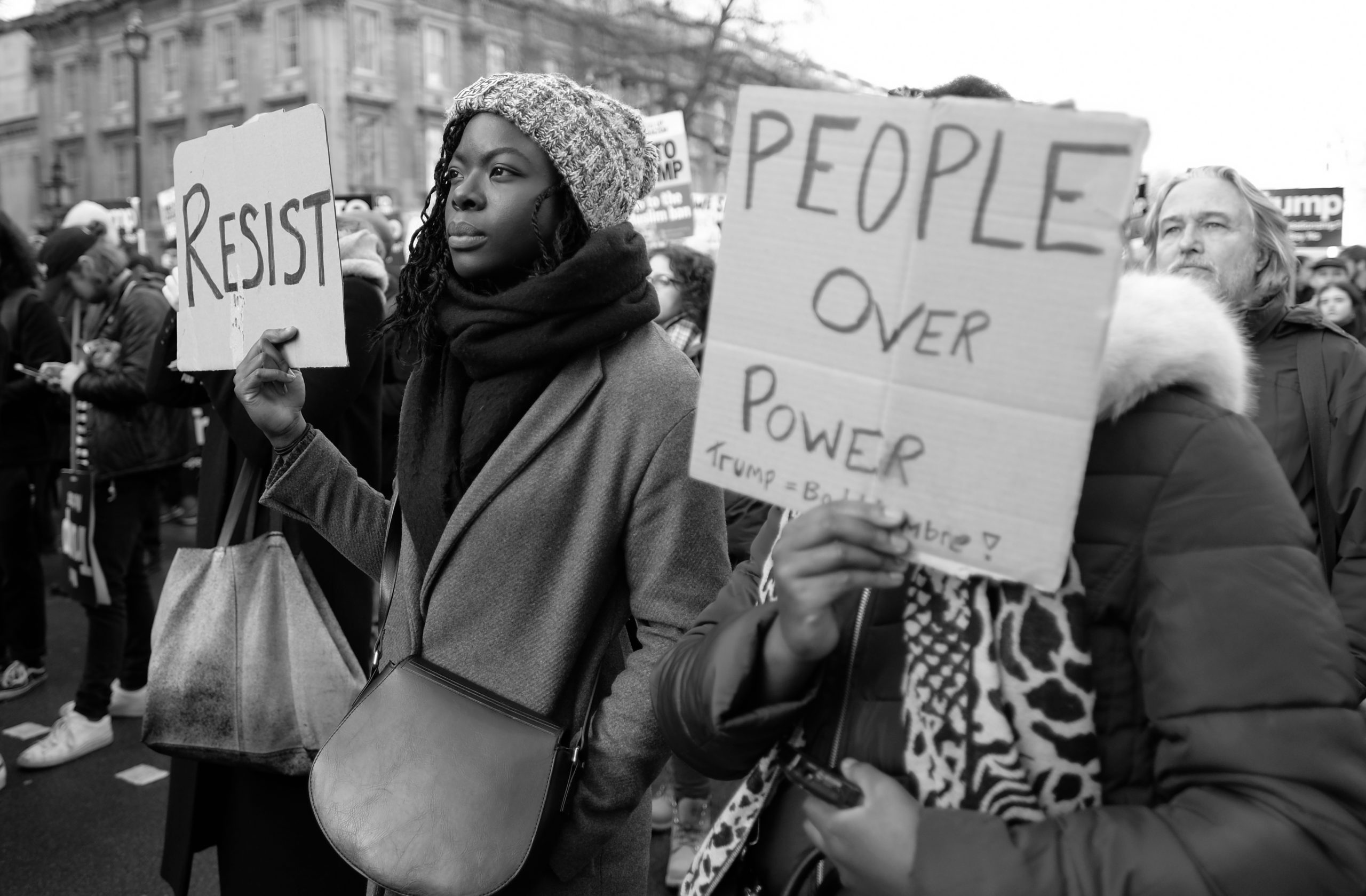
Any student can make a change, and any person can pursue equity and diversity in their districts (whether you attended school there or not). This matters, and if you can’t form a group that works proactively to hold districts accountable, you can support them. Follow them online. Share their material. Sign petitions. Write government representatives about the issue at a state level, and spread awareness about the issue yourself. There is so much to be done, and while the solutions vary, the bottom line is simple- we need to educate ourselves, we need to diversify where we get information from, and we need to do better. Students are the future and if they aren’t equipped with the real and diverse history of this country, they won’t be equipped to lead it.
Get more like this—Sign up for our daily inspirational newsletter for exclusive content!
__
Photo: GPA Photo Archive and Alisdare Hinkson via Flickr




